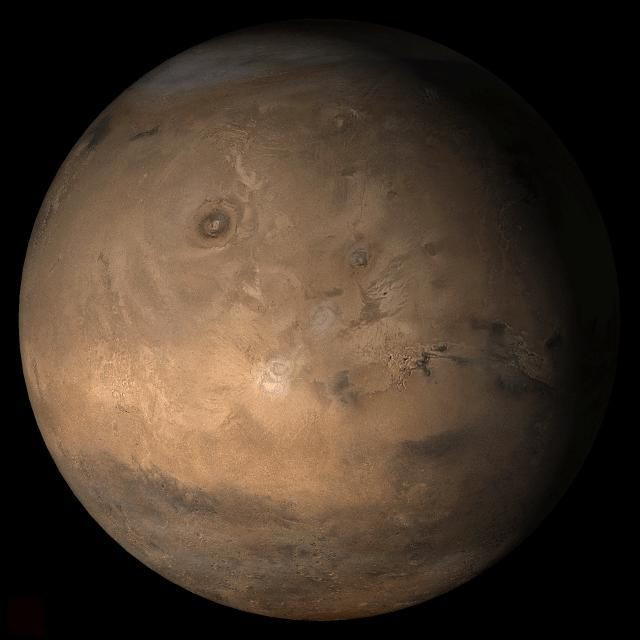Silica Aerogels: The Magic Potion That'll Make Mars Habitable

A new study published in Nature Astronomy have proposed a new idea to reshape the Martian climate to make planet Mars more livable for humans.
Researchers said that instead of changing the whole planet to make it habitable, a regional approach could be more doable.
They said that the solution involves using sheets of the material silica aerogel that can transform the Red Planet’s cold and arid surface.
These aerogel sheets work by mimicking the greenhouse effect on Earth, which causes global warming due to greenhouse gases such as carbon dioxide trapping energy from the sun on the planet.
Similarly when these sheets are spread out in the right places on the Martian surface, they could warm the planet and make it more habitable.
"We started thinking about this solid-state greenhouse effect and how it could be invoked for creating habitable environments on Mars in the future," said study researcher Robin Wordsworth, from Harvard John A. Paulson School of Engineering and Applied Sciences (SEAS) and the Department of Earth and Planetary Science.
"We started thinking about what kind of materials could minimize thermal conductivity but still transmit as much light as possible."
The researchers demonstrated in models and experiments that a thin layer of this material increased average temperatures of mid-latitudes on the Red Planet to Earth-like temperatures sans the need for any internal heat source.
Wordsworth said that unlike earlier ideas, the regional approach to terraforming Mars is something that can be developed and tested systematically using existing materials and technology. Wordsworth said that the aerogel could be placed directly on the surface of the planet like tiles.
“Placing silica aerogel shields over sufficiently ice-rich regions of the Martian surface could therefore allow photosynthetic life to survive there with minimal subsequent intervention. This regional approach to making Mars habitable is much more achievable than global atmospheric modification” Wordsworth and colleagues wrote in their study.
The approach also have implications on food production on Mars amid plans of sending manned missions to the Red Planet.
The harsh environment of the planet pose an enormous challenge in growing food, but the aerogel sheets can transform the cold surface so it becomes fit for farming. Wordsworth said the planet-warming material could be used for building greenhouse gases that host food crops and other plants.
© Copyright IBTimes 2025. All rights reserved.





















